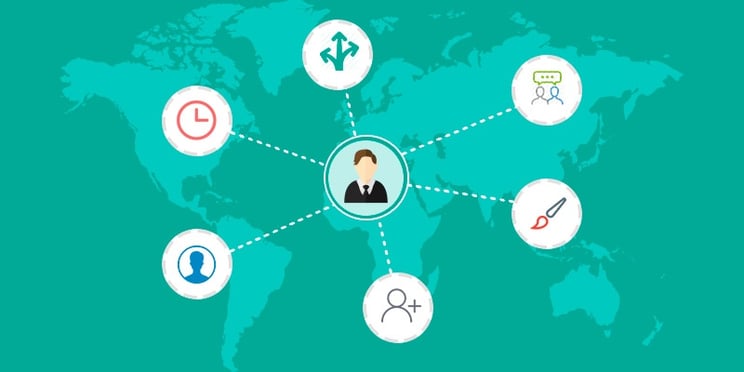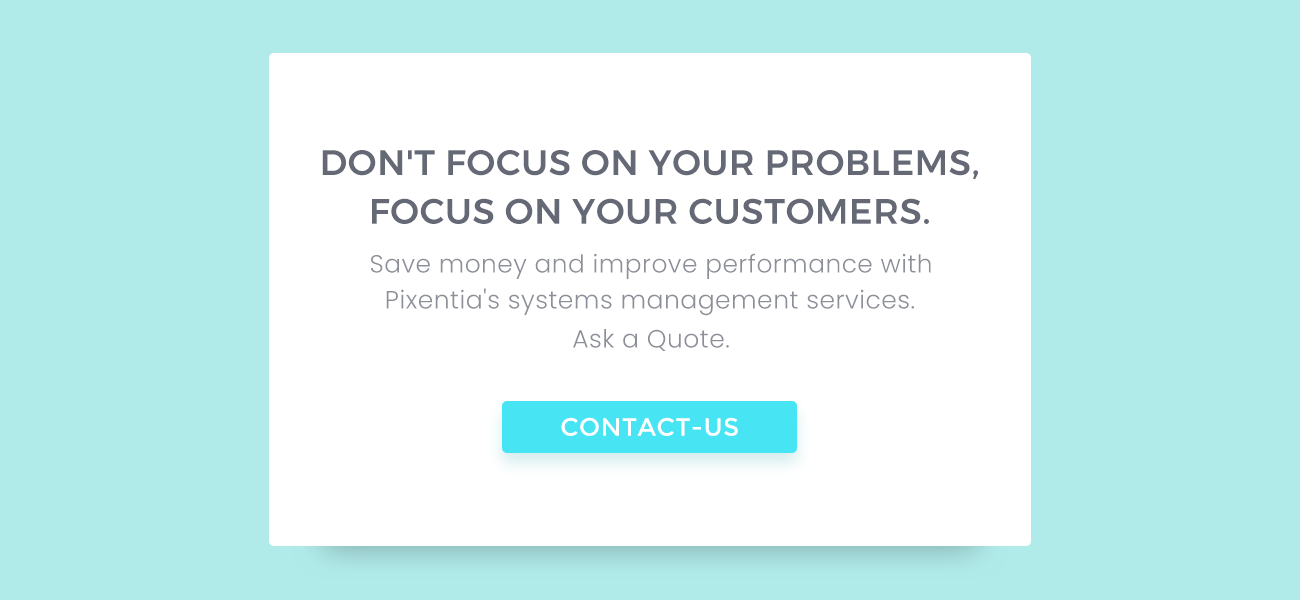
Many discussions about business today are about the customer experience as a competitive advantage. In many industries, customer experience is or soon will be the only differentiator, but business leaders struggle to execute a strategy that will produce a sustainable customer experience.
Brian Solis, in his new book, X: The Experience When Business Meets Design, has given us a prescription for designing for the customer experience with “human-centered experience architecture.” Our thanks to Forbes for its December 24 article by Martin Zwilling that alerted us to this ground-breaking work.
The book is a comprehensive guide to customer experience design. It draws a stark contrast between the concept of building and marketing a product and creating a human experience that people will seek out and share.
As we read the book, we related what we learned to our experience in designing and implementing human capital management technology. We struggled for many years with software designed to duplicate antiquated manual processes and paper forms. We were happy it worked, but our biggest challenge was getting people to use it.
We still have a long way to go. Workday captured a big market share by answering the demand for a unified Finance and HCM platform while its competitors were still trying to cobble together suites of acquired products. However, most vendors are still trying to improve the user experience on platforms designed for technology, not people.
Our hope is that the customer experience imperative will change the design approach.
User-Centered Design
The User-Centered Design(UCD) concept has been with us for a long time. The International Standards Organization issued the ISO 13407 standard in 1999:
"Human-centred design is an approach to interactive system development that focuses specifically on making systems usable. It is a multi-disciplinary activity." (Notes on User Centered Design Process (UCD). W3C Web Accessibility Initiative. 2008.)
Your human capital management platforms touch every member of your organizations (and some outside them). We believe you can make a big difference by applying the standards to the way the software.
Applying UCD to HCM Implementation
Most current enterprise HCM suites have enough flexibility and configuration options to have a significant impact on the user experience, but without a user-centric approach, user adoption will be difficult.
These are our suggestions for adapting the six principles of User-Centered Design to your HCM implementation.
- The adoption of multidisciplinary skills and perspectives. Most human capital technology decisions are made by a tiny group of HR and IT people. We can do better by engaging every discipline in the organization from the very start of the project. The self-service design of current HCM platforms touches everyone, and each part of the organization has its view of how things should work. Any process that leaves them out creates a potential point of resistance.
/Data_Sheets%20Resource%20Home%20page%20images/D18_HCM_Center%20of%20Excellence_Resource%20page.png?width=264&name=D18_HCM_Center%20of%20Excellence_Resource%20page.png)
- Explicit understanding of users, tasks, and environments. Most of the analysis in current practice focuses on processes, not people. We can improve our results by understanding what people are thinking and how they feel when they are completing a task. Emotion drives behavior and attitudes. When an employee is trying to get benefits information because a family member has a serious illness, any obstacle is one too many. When a manager wants to welcome an incoming new employee in your onboarding application, he should be thinking about what to say, not how to do it.
- User-centered evaluation driven/refined design. The people who do the work should be the ones who review and test the software. The standard should be that the user can complete the task without instruction the first time they do it. A better standard would be that the user feels a sense of accomplishment.
- Consideration of the whole user experience. The user experience begins at the moment each becomes aware of an impending change. Change management and communication should start at the moment you decide you need a change. The ideal first communication is when you ask people about the current state and what they would do to change it.
- Involvement of users throughout the design and development. Early input is necessary, but it is not the end. User involvement should continue throughout the process.
- Iterative process. Testing new processes and configurations begins a cycle of innovation as users discover new possibilities. Expect and welcome changes as people work through the process.
UCD is not a radical change in our thinking. Most of us have been thinking about this topic for a long time in one way or another. Creating a multidisciplinary user-centered approach is a good start on realizing our objectives.
References:
Phenomecloud is a full-service technology company dedicated to helping clients solve business problems, improve the capability of their people, and achieve better results.






Leave a Comment